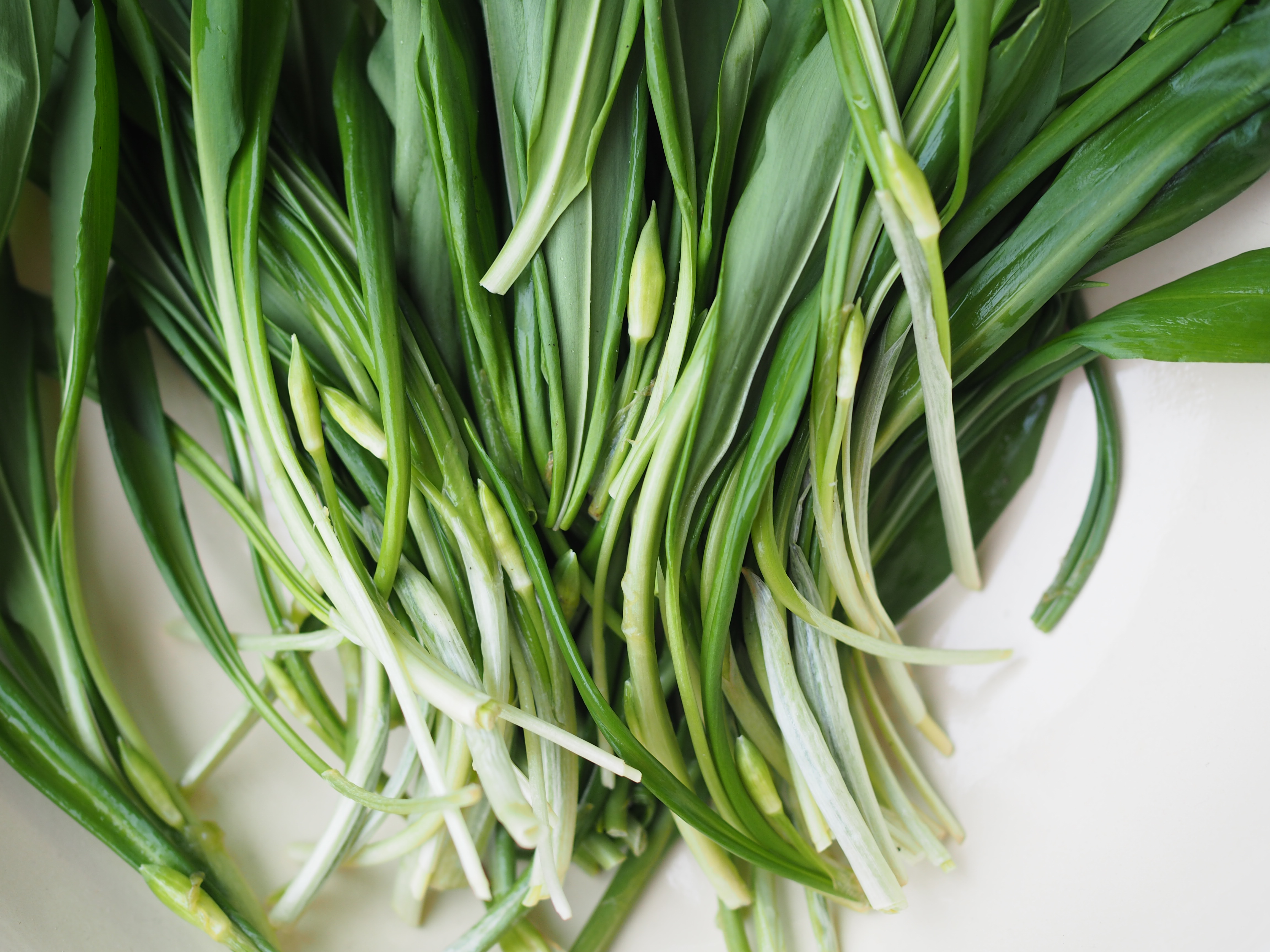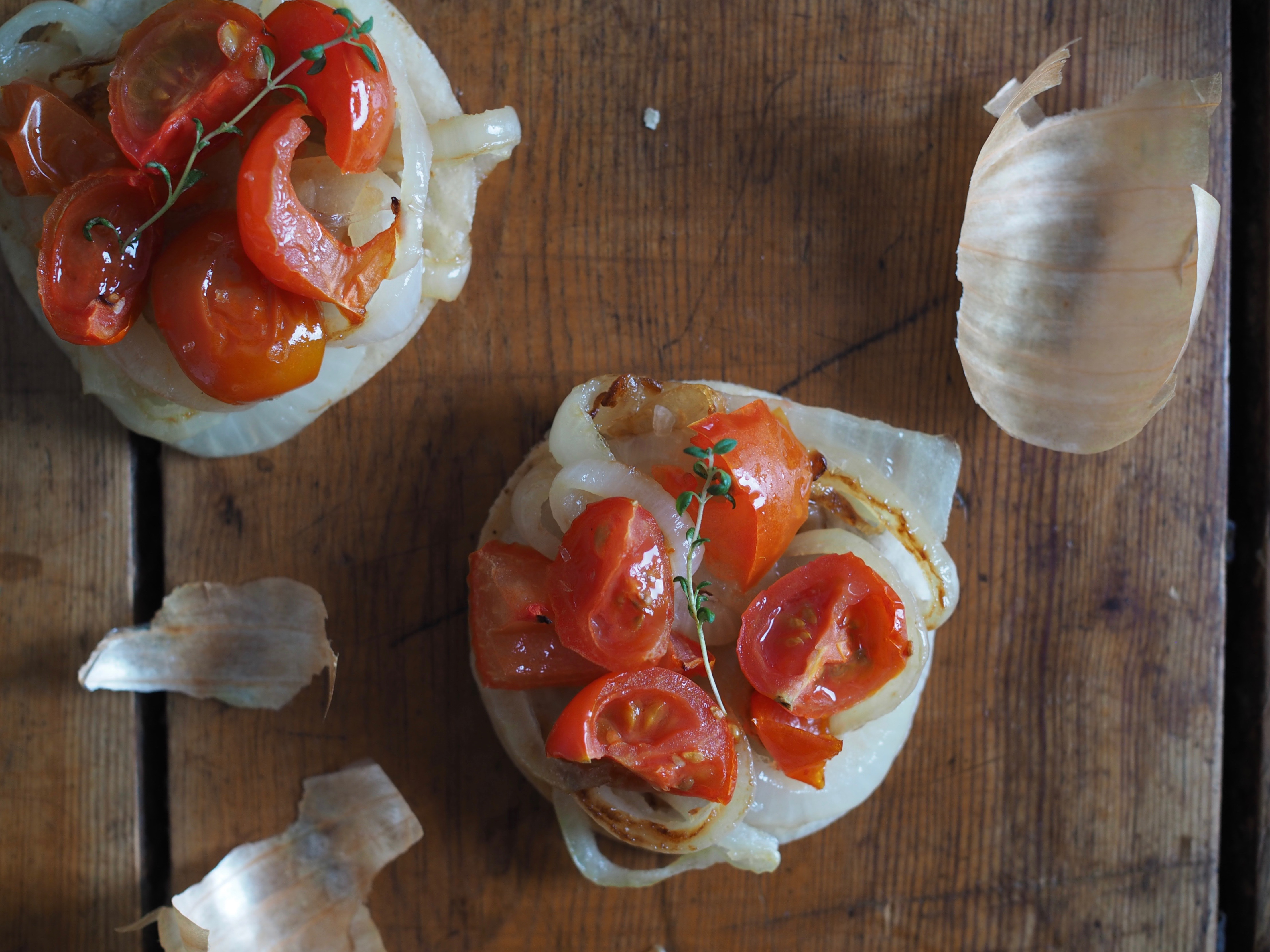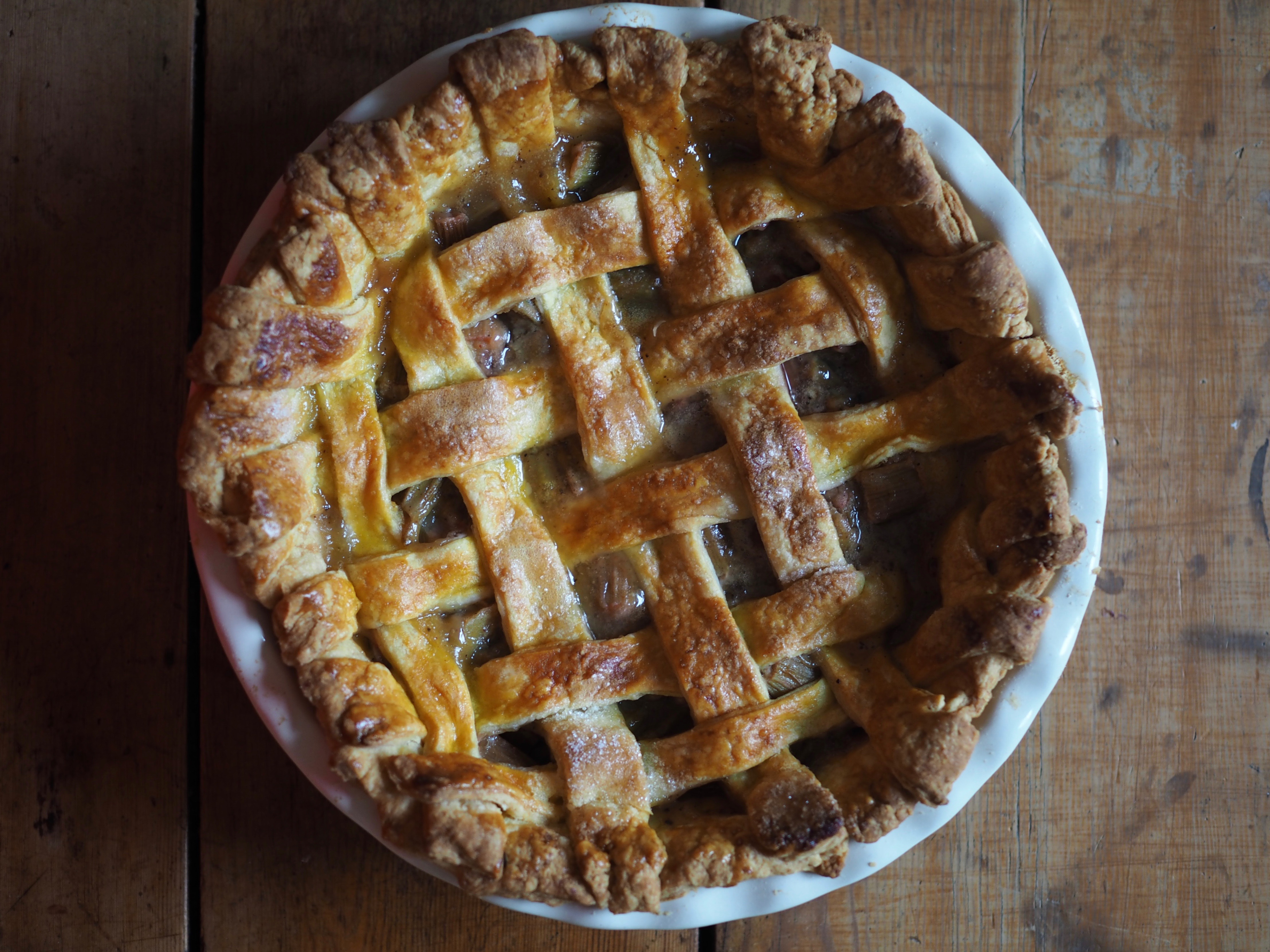 Nearby an old rock wall, sturdy but aged and covered with greenery, lies a handful of rhubarb plants. I like to imagine these were purposefully planted so many years ago on our farm when the original house stood on the very hill which those old stones continue to hold up. A house garden, perhaps, providing the old house with a wonderful supply of this springtime favorite. I discovered them intermixed with an overgrowth of nettles and ferns last year when we first moved to the farm. And while preparing the area this spring, I discovered the rhubarb plants were many and even found a couple of berry bushes nestled in front of the stones as well.
Nearby an old rock wall, sturdy but aged and covered with greenery, lies a handful of rhubarb plants. I like to imagine these were purposefully planted so many years ago on our farm when the original house stood on the very hill which those old stones continue to hold up. A house garden, perhaps, providing the old house with a wonderful supply of this springtime favorite. I discovered them intermixed with an overgrowth of nettles and ferns last year when we first moved to the farm. And while preparing the area this spring, I discovered the rhubarb plants were many and even found a couple of berry bushes nestled in front of the stones as well.
Tag: vegetables
-

Wild Garlic – Soup and Bread with Potatoes (Ramsløksuppe og Ramsløkbrød)
Wild garlic or ramps, known as ramsløk in Norwegian, can be found along the coasts and in the forests of Norway mainly during May and June. The season is short, only a few weeks, and as quickly as they grow up, they wither before the start of summer. They are a culinary treasure, used by chefs and home cooks who wish to serve up the perfect taste of springtime. They are also incredibly nutritious, and have been used for centuries for their medicinal properties.
This delightful plant grows wild, and has a subtle garlic flavor. It makes a nice addition to soups, salads, tarts and sauces as its taste is incredibly versatile. It’s one of those greens that needs only a little imagination to go a long way. If you can’t get your hands on any wild garlic, you can substitute it with garlic chives.
-

Gravlax with Dill-Stewed Potatoes and Mustard Sauce

 Lifting the weight and removing the board revealed a two-day culinary journey. Nothing difficult, nothing too time consuming. An act of osmosis. Curing. Transformation. And as the sharpened knife slowly pierced into the orange-pink, dill-infused delicacy, the thrill of knowing the next time step would be getting a taste reached across to everyone in the kitchen. A smooth, grainy and subtly sweet mustard sauce and a warm, hearty bowl of creamy potatoes dancing with dill to round it all off. Luxury at its finest and also its simplest.
Lifting the weight and removing the board revealed a two-day culinary journey. Nothing difficult, nothing too time consuming. An act of osmosis. Curing. Transformation. And as the sharpened knife slowly pierced into the orange-pink, dill-infused delicacy, the thrill of knowing the next time step would be getting a taste reached across to everyone in the kitchen. A smooth, grainy and subtly sweet mustard sauce and a warm, hearty bowl of creamy potatoes dancing with dill to round it all off. Luxury at its finest and also its simplest.Yet, the delicacy we know today has a much different story than its beginning. Gravlax (gravlaks) first appears in documents from the 1300s, informing us of the preservation methods used during these times. During the Middle Ages, people ate many forms of saltwater and freshwater fish that we continue to enjoy today. Salmon held a special place, valued and desired. Unlike today, where we have greater access to fresh salmon, salmon was more of a prized possession. In fact, in a well-known story about the god Tor, who is referred to as the ‘big eater’, Tor has his fill of eight whole salmon (among other things) at a wedding banquet in Jotunheimen. This gives us an idea as to the value placed on salmon and that protecting the surplus of salmon was important, and worth the risks. (Notaker, Ganens Makt)
-

Norwegian Spring Potato Salad (Potetsalat)
 The roosters and hens have given a whole new meaning to the term ‘free range’ these days. Making their rounds, they circle up into the woods and around the kitchen garden just before sunbathing and slumbering below my kitchen window. They continue on following a makeshift pathway down a small slope to the main lawn and heading back to their coop for another siesta. They make this journey a couple of times a day and the roosters crow every once in awhile as if to give me some sort of sense that their journey under the sun is going well. Very well.
The roosters and hens have given a whole new meaning to the term ‘free range’ these days. Making their rounds, they circle up into the woods and around the kitchen garden just before sunbathing and slumbering below my kitchen window. They continue on following a makeshift pathway down a small slope to the main lawn and heading back to their coop for another siesta. They make this journey a couple of times a day and the roosters crow every once in awhile as if to give me some sort of sense that their journey under the sun is going well. Very well.
-

Cucumber & Radish Salad (Agurksalat med Reddik)
Spring is on the horizon, and I’m beginning to see green amidst all the snow lying heavy over the farm. The tulips, perched near the windowsill, are blossoming as the rays of sunshine cover each stalk & petal. The days are longer, the sun is brighter and the seasons are blending into one another.
It’s around this time of year that a certain fruit makes its start into full-time production mode, thanks to a little help from greenhouses everywhere. The humble, and very popular, cucumber. Each year, Norway produces around 16,000 tons and imports 8,000 tons to meet the high demand of Norwegians everywhere. Norwegians will consume close to 25,000 tons of cucumbers per year.∗ And while cucumbers thrive in the summer months, the demand is such that they has become a year-round commodity. A permanent fixture in the Norwegian home.
-

Lompe with Carmelized Onions & Roasted Tomatoes
Brunch is one of those meals, where anything goes. Hot and cold. Savory and sweet. Honestly, it’s just a good excuse to discard routine mealtimes and have people around to share a laugh, some stories and some good food. One of my favorite little dishes to serve is carmelized onions and roasted tomatoes atop gently fried Norwegian lompe.
Lomper are flat, round potato ‘cakes’, or smaller versions of potato lefse. Lompe is incredibly easy to make at home, with only a few ingredients – a recipe we will touch on in the near future. The great thing, about most baked flatbreads, is that it’s versatile. While it is quite common here in Norway to eat a sausage/pølse wrapped in a lompe, or have it spread with something sweet, I like to think of lompe as a creative base that’s at its best when fried in a little oil. By frying the lompe, the taste is more prominent, with a slight sweetness, making it an ideal base for a variety of toppings. It also makes it a little crispier, lending a greater texture.
With winter still dredging its heels, it’s nice to have something that can give a glimpse into summer. Cherry tomatoes are perfect for freezing whole with their skins on. So, if you’re like me and end up with a little too many after the summer harvest, you can simple freeze them and take a couple out when needed to either roast them in the oven or use in soups and sauces.











